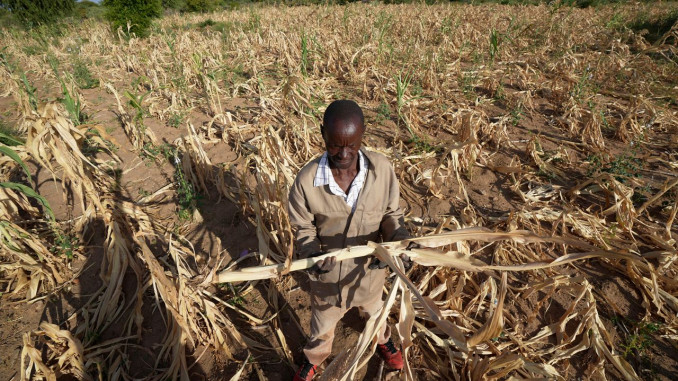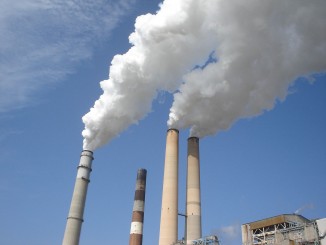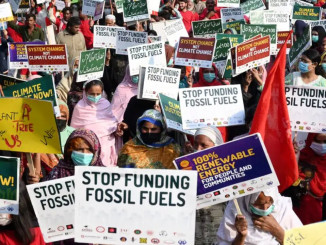
Since late 2023, millions of people in southern Africa have been facing an extreme drought, disrupting multiple aspects of their everyday life, including access to food and water. Rainfall levels between late January and February of this year were the lowest in at least 40 years. And for central parts of the region, this February was the driest in the past 100 years.
This drought has upended harvests and triggered grain shortages throughout southern Africa. Even crops that are generally drought resistant have failed to withstand the conditions. These effects are disastrous considering how millions of people in the area rely on the food they grow. Many countries in the region, including Zimbabwe, Zambia, and Malawi have already declared states of disaster due to the food crisis brought on by the drought. Dry conditions have also endangered animal life: at least 100 elephants have died in Zimbabwe’s largest national park. These deaths are probably the tip of the iceberg for animal and plant life in the region.
How did the conditions get so extreme in the first place?
The answer lies in El Niño and the climate crisis: El Niño is a climate pattern, occurring every 2-7 years, during which trade winds weaken and surface waters in parts of the Pacific Ocean get warmer. In southern Africa, this pattern results in above-normal temperatures and below-normal rainfall. But even before facing El Niño’s effects people had already been navigating precarious agricultural conditions in the region due to the climate crisis. For decades, southern Africa has been experiencing rising temperatures, which has enhanced evaporation, drying out surface water, soil and vegetation.
As the droughts intensify, the entire region is heading towards an extreme, long-term humanitarian crisis. Getting access to basic food items is going to get increasingly difficult: the region will likely have to import grains typically grown domestically, which will lead to unusually high prices in the post-harvest period. This inflation will impact access to essential non-food items, especially for people already facing economically precarious situations. According to one report, because of this year’s disrupted harvest millions in the region won’t be able to feed themselves for several years. Humanitarian aid agencies have already said that they can’t meet the need for food, especially while facing cuts from governments around the world.
Although it seems like global leaders were caught off guard by this crisis, they were not: scientists have been warning us for years that if we don’t take drastic measures to lower emissions and address the climate crisis, the world would face more intense droughts, along with other climate disasters like floods, heat waves, wildfires, etc. Rather than address this crisis, we’ve seen the largest global powers (also the largest emitters) support the expansion of fossil fuel industries and even expand their militaries for war, which are responsible for 5.5% of global greenhouse emissions.
The political-economic systems that govern our world today have shown that they’re not capable of meeting the needs of the people and other forms of life facing this crisis, or of addressing its root cause. It’s a global problem that can’t be fixed region by region. While southern Africa needs aid urgently, we must organize our forces and fight for a system that would support the needs of people facing climate disasters now, and take the necessary steps needed to stop impending climate catastrophe in the years to come.




